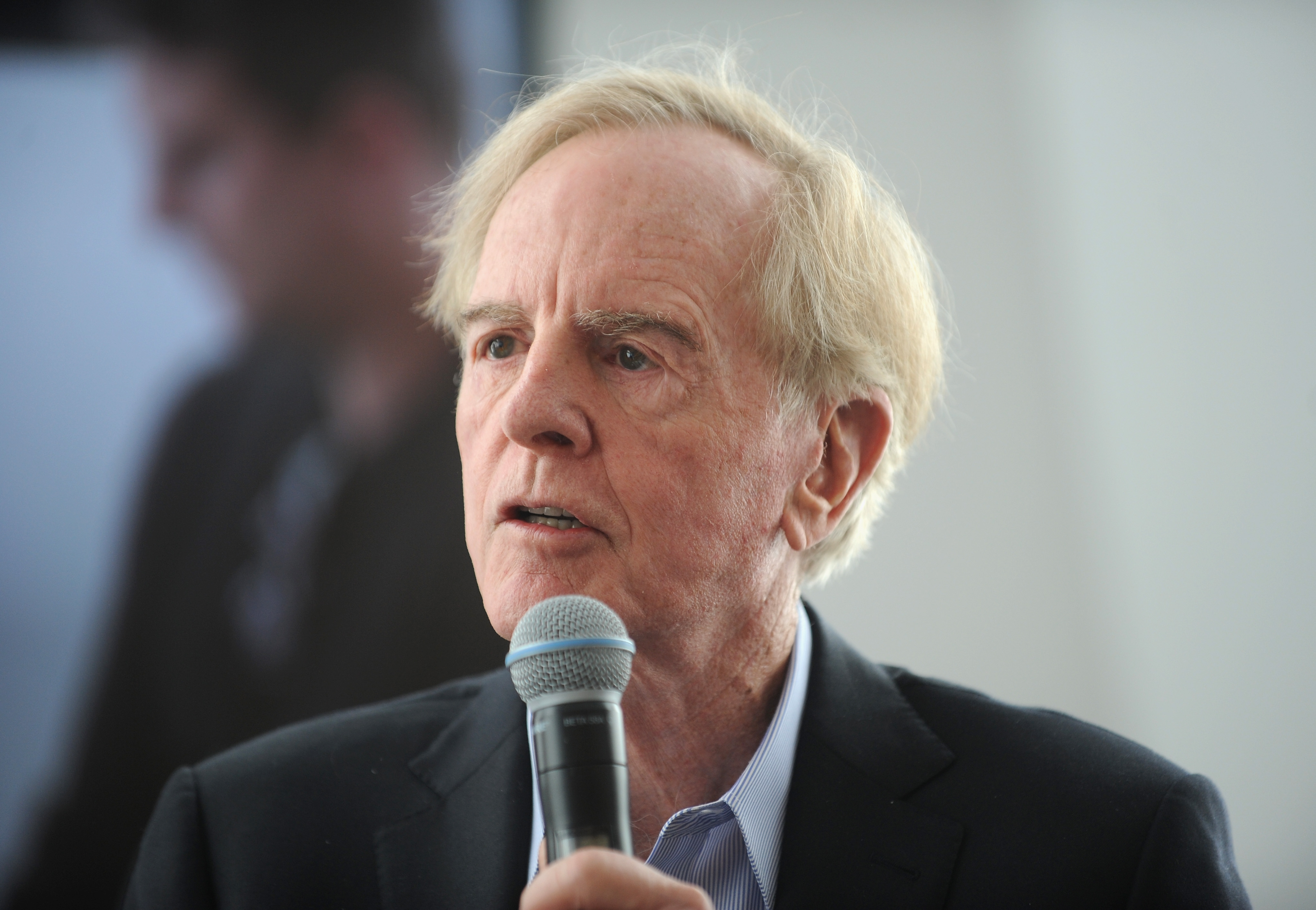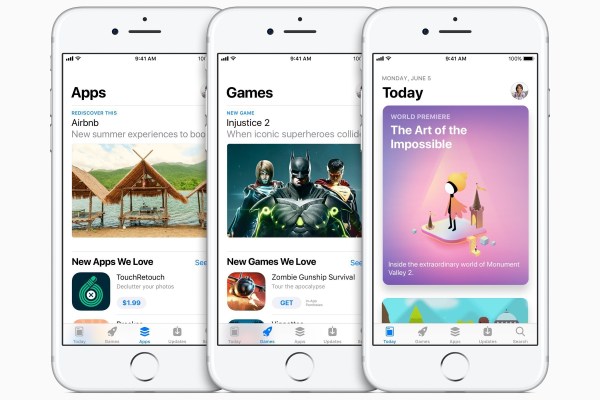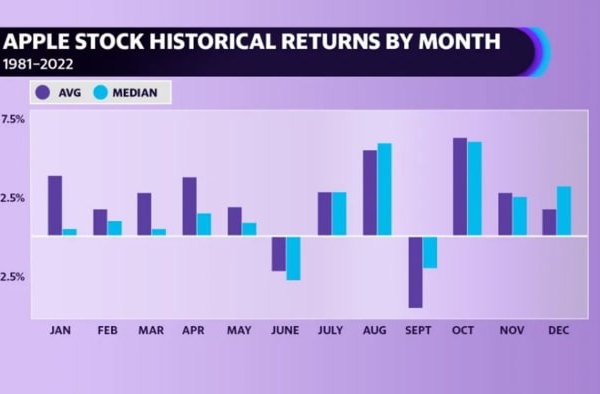
John Sculley, known as Apple’s third CEO, played a pivotal role in shaping Apple history during his tenure from 1983 to 1993. Transitioning from a successful career at Pepsi-Cola, Sculley was brought in to revolutionize Apple’s marketing strategy and enhance its brand appeal. Under his leadership, the company introduced groundbreaking products, including the Newton MessagePad, while also selling more personal computers than any other manufacturer. However, Sculley is often remembered for his controversial decision to oust co-founder Steve Jobs, a moment that profoundly affected the company’s trajectory. As a marketer with a vision for consumer technology, Sculley’s impact on Apple remains significant in the narrative of its rise as a leader in the tech industry.
Exploring the legacy of John Sculley, he emerged as a prominent figure in the tech world by becoming the third chief executive officer of Apple, a defining role in the company’s narrative. Sculley’s shift from beverage marketing to technology leadership illustrates a remarkable career transition, highlighting his influence on Apple’s promotional tactics and branding efforts during a crucial era. While he spearheaded innovative projects like the Newton MessagePad, his legacy is intertwined with the dramatic boardroom dynamics that led to Steve Jobs’s departure from the company. Moreover, Sculley’s strategic vision aimed at evolving Apple’s product lineup laid critical groundwork for its future successes. This analysis of Sculley’s contributions invites a deeper understanding of his complex relationship with Apple’s co-founder and the broader implications for the tech landscape.
The Legacy of John Sculley: From Marketing Maven to Apple CEO
John Sculley’s entry into the tech world was unconventional, having previously been a successful president at Pepsi-Cola. His transition to Apple was marked by a bold invitation from Steve Jobs, posing the life-changing question that led Sculley to rethink his career trajectory. Taking the reins as Apple’s third CEO in 1983, Sculley was instrumental in driving Apple’s marketing strategy, pushing the brand into the mainstream and highlighting its innovative products. Under his leadership, the company saw unparalleled growth; revenue skyrocketed from $800 million to a staggering $8 billion, solidifying Apple’s position in the personal computer industry.
During Sculley’s decade at Apple, he worked collaboratively with engineers, including Jobs, to enhance user experience while transforming the company’s marketing approach. This period also birthed innovative products, particularly the Newton MessagePad, which, while not commercially successful at launch, laid the foundation for future technological advancements like the iPhone. Sculley’s tenure at Apple emphasizes a captivating narrative of a marketing genius steering a pioneering tech company.
Steve Jobs and John Sculley: A Complex Relationship
The relationship between John Sculley and Steve Jobs has become a cornerstone of Apple’s history. Initially, their collaboration was seen as a powerhouse combination of technological vision and marketing brilliance. Jobs brought groundbreaking ideas and creativity to the table, while Sculley leveraged his expertise in marketing to elevate Apple’s brand and reach a wider audience. However, this collaboration soon evolved into a highly strained relationship, ultimately culminating in Jobs’ ousting from the company.
Sculley’s decision to push Jobs out is often debated as a pivotal moment in Apple’s history, illustrating the delicate balance of corporate leadership between innovation and management strategy. Following Jobs’ departure, Sculley navigated a divided company with contrasting visions for its future, affecting the organizational culture profoundly. This dynamic paved the way for Jobs to establish NeXT, eventually leading to his return to Apple in the late 90s, marking a significant turn in the company’s fortunes.
The Rise and Fall of the Newton MessagePad
Introduced under John Sculley’s leadership, the Newton MessagePad was an ambitious attempt to bring personal digital assistants (PDAs) to market. It embodied Sculley’s vision of creating intuitive technology that enhances user experience, rivaling the Macintosh. However, despite its innovative concept, the Newton faced numerous hurdles, including technical challenges and consumer skepticism. The device struggled with functionality, which hindered its adoption and ultimately led to its discontinuation.
Nonetheless, the legacy of the Newton MessagePad is profound as it presaged the smartphone revolution and set the stage for future innovations at Apple. Elements of the Newton’s design and functionality can be seen in today’s iPhone and iPad, demonstrating how Sculley’s vision and commitment to high-quality user experiences paved the way for what would become some of Apple’s most successful products.
John Sculley’s Marketing Strategies that Transformed Apple
During John Sculley’s tenure, Apple’s marketing strategies were nothing short of revolutionary. His approach to branding, particularly the focus on lifestyle marketing, helped redefine how technology companies could connect with consumers. By promoting Apple products not only as tools but as integral elements of a visionary lifestyle, Sculley was able to elevate Apple’s status and influence during a pivotal time in tech history. His famous marketing campaigns, including the classic ‘Think Different’ slogan, laid the foundation for Apple’s brand identity.
Sculley understood the importance of consumer perception in technology, especially in a rapidly evolving market. By amplifying Apple’s story and emphasizing the uniqueness of products like the Macintosh, he positioned Apple as a frontrunner in the personal computer revolution. This strategy not only led to sales growth but also created lasting consumer loyalty essential to Apple’s future successes.
Technology Innovation Under John Sculley
John Sculley’s era at Apple was marked by significant technological advancements and innovation. Beyond the Newton MessagePad, he spearheaded projects that aimed to enhance the user experience, embracing a more user-friendly approach in product design. During his leadership, Apple introduced pivotal products like the Macintosh, which featured intuitive graphical interfaces that set the bar for personal computing. Sculley’s efforts in R&D emphasized the belief that technology should be accessible and enhance productivity.
Despite facing competition from other tech giants, Sculley’s commitment to innovation created a series of products that would impact the tech landscape for years to come. His vision for a seamless integration of technology into everyday lives remains a guiding principle behind Apple’s ongoing product development, reflecting his notion of blending design with functionality.
John Sculley: Overcoming Challenges as Apple CEO
Sculley faced numerous challenges during his decade as CEO, from internal conflicts to market pressures. The landscape of technology was rapidly changing, and adapting to consumer demands required a balancing act of innovation and management. His relationship with Steve Jobs, pivotal to Apple’s original vision, became strained, ultimately resulting in one of the most notable corporate exits in tech history. This shift forced Sculley to redefine leadership and strategize Apple’s direction amidst uncertainty.
Moreover, external pressures from emerging competitors added to Sculley’s struggles, prompting him to reevaluate product lines and marketing tactics continually. Despite these challenges, he succeeded in elevating Apple’s sales and market presence during a tumultuous decade, laying the groundwork for subsequent innovations and transformations by later leaders.
Impact of John Sculley’s Leadership on Apple’s Growth
Under John Sculley’s leadership, Apple transitioned into a profitable powerhouse in the tech world. His ability to foster growth was evident in the sales figures that rocketed from $800 million to $8 billion during his tenure. This growth wasn’t just about numbers; it reflected a broader cultural shift as Apple started gaining a reputation for innovation and excellence in technology, earning it a dedicated customer base.
Sculley’s strategic initiatives also paved the way for future Apple products by emphasizing the importance of design, user experience, and effective marketing. These principles have become the cornerstone of Apple’s approach in subsequent product launches, illustrating how Sculley’s touch helped shape the corporation into a globally recognized brand that stands out in the technology sphere.
The Future After John Sculley: Legacy and Influence
After stepping down as CEO, John Sculley’s influence continued to resonate within Apple and the broader tech industry. His vision of innovative customer-centric products laid essential groundwork for successors like Steve Jobs, who would refine and expand upon Sculley’s initiatives. The lessons learned during Sculley’s leadership, both from successes and failures, offered critical insights into managing a cutting-edge technology company.
Today, Sculley remains active in the tech industry, focusing on investments in emerging markets, showing how his legacy lives on. His foresight into mobile technology and the burgeoning smartphone market indicates that, despite the challenges he faced, Sculley’s impact on technology and marketing continues to unfold, shaping future generations of tech pioneers.
Reflections on John Sculley’s Role in Apple’s History
John Sculley’s role as Apple’s CEO is often reflected upon with a mix of admiration and critique. While his tenure is highlighted by significant sales growth and product launches, it is also marked by contentious moments, particularly his conflict with Steve Jobs. These dynamics provide a rich narrative about leadership in an industry characterized by rapid change. Sculley’s story is a testament to the complexities of steering innovation while managing corporate relationships and market realities.
In retrospect, understanding Sculley’s contributions helps clarify the trajectory of Apple’s evolution and how his marketing strategies and operational insights shaped the company’s approach for decades. Discussions about Sculley often lead to broader inquiries into what makes effective leadership in tech, showcasing the delicate balance between vision and execution.
Frequently Asked Questions
Who is John Sculley and what is his significance in Apple history?
John Sculley was the third CEO of Apple Inc., known for his pivotal role in transforming the company into a leading personal computer manufacturer. He joined Apple in 1983 after a successful career at Pepsi-Cola and guided the company through a crucial period of innovation and growth, increasing its revenue from $800 million to $8 billion during his tenure.
What was John Sculley’s role in the ousting of Steve Jobs from Apple?
John Sculley is often remembered for his involvement in the ousting of Steve Jobs from Apple. Tensions arose in the early ’80s over the company’s direction, culminating in a boardroom coup that led to Jobs being pushed out in 1985. This pivotal moment shaped Apple’s leadership dynamics for years to come.
How did John Sculley contribute to Apple’s marketing strategy?
As a former president of Pepsi-Cola, John Sculley applied his extensive marketing expertise to Apple, focusing on branding and user experience. His approach helped legitimize Apple in the tech market, emphasizing innovative products that resonated with consumers, a strategy that was instrumental during the launch of the Macintosh and other key products.
What is the Newton MessagePad, and how is it linked to John Sculley?
The Newton MessagePad, launched in 1993, was a groundbreaking product during John Sculley’s tenure as Apple CEO. Despite its initial struggles in the market, the Newton laid the groundwork for the mobile devices we use today, including the iPhone, representing Sculley’s vision of expanding Apple’s product line beyond traditional personal computers.
How did John Sculley’s vision differ from Steve Jobs’ vision for Apple?
John Sculley’s vision for Apple focused on expanding its market share and creating user-friendly products, while Steve Jobs emphasized groundbreaking technological innovation and a more closed ecosystem. This fundamental difference in approach contributed to tension between the two leaders and ultimately influenced Apple’s strategic direction.
What are the lasting impacts of John Sculley’s leadership at Apple?
John Sculley’s leadership at Apple saw the introduction of major products like the Macintosh and the Newton, along with a significant increase in sales. His marketing strategies and focus on user experience continue to influence Apple’s product development and marketing approaches, playing a crucial role in the company’s long-term success.
| Key Points | Details |
|---|---|
| John Sculley’s Birth | Born on April 6, 1939, in New York City. |
| Tenure at Apple | Became Apple’s third CEO in 1983 and led the company for a decade. |
| Contribution to Apple | Oversaw sales growth from $800 million to $8 billion. |
| Conflict with Steve Jobs | Remembered for ousting co-founder Steve Jobs from Apple. |
| Innovative Products | Introduced the Newton MessagePad; a precursor to smartphones. |
| Legacy | Despite some failures, his ideas paved the way for modern Apple products. |
Summary
John Sculley played a pivotal role as Apple’s third CEO, integrating marketing expertise from his Pepsi days to steer the company towards unprecedented growth. Despite the challenges he faced, particularly with Steve Jobs, Sculley’s innovations, including the Newton MessagePad, laid the foundation for future successes at Apple. His tenure is often seen through a lens of conflict and innovation, marking a transformative period in technology history.
You may also like

iOS App Store Success: A Milestone in Digital Distribution


First Email from Space: The Macintosh Portable’s Legacy
Archives
Calendar
| M | T | W | T | F | S | S |
|---|---|---|---|---|---|---|
| 1 | 2 | 3 | 4 | 5 | ||
| 6 | 7 | 8 | 9 | 10 | 11 | 12 |
| 13 | 14 | 15 | 16 | 17 | 18 | 19 |
| 20 | 21 | 22 | 23 | 24 | 25 | 26 |
| 27 | 28 | 29 | 30 | 31 | ||